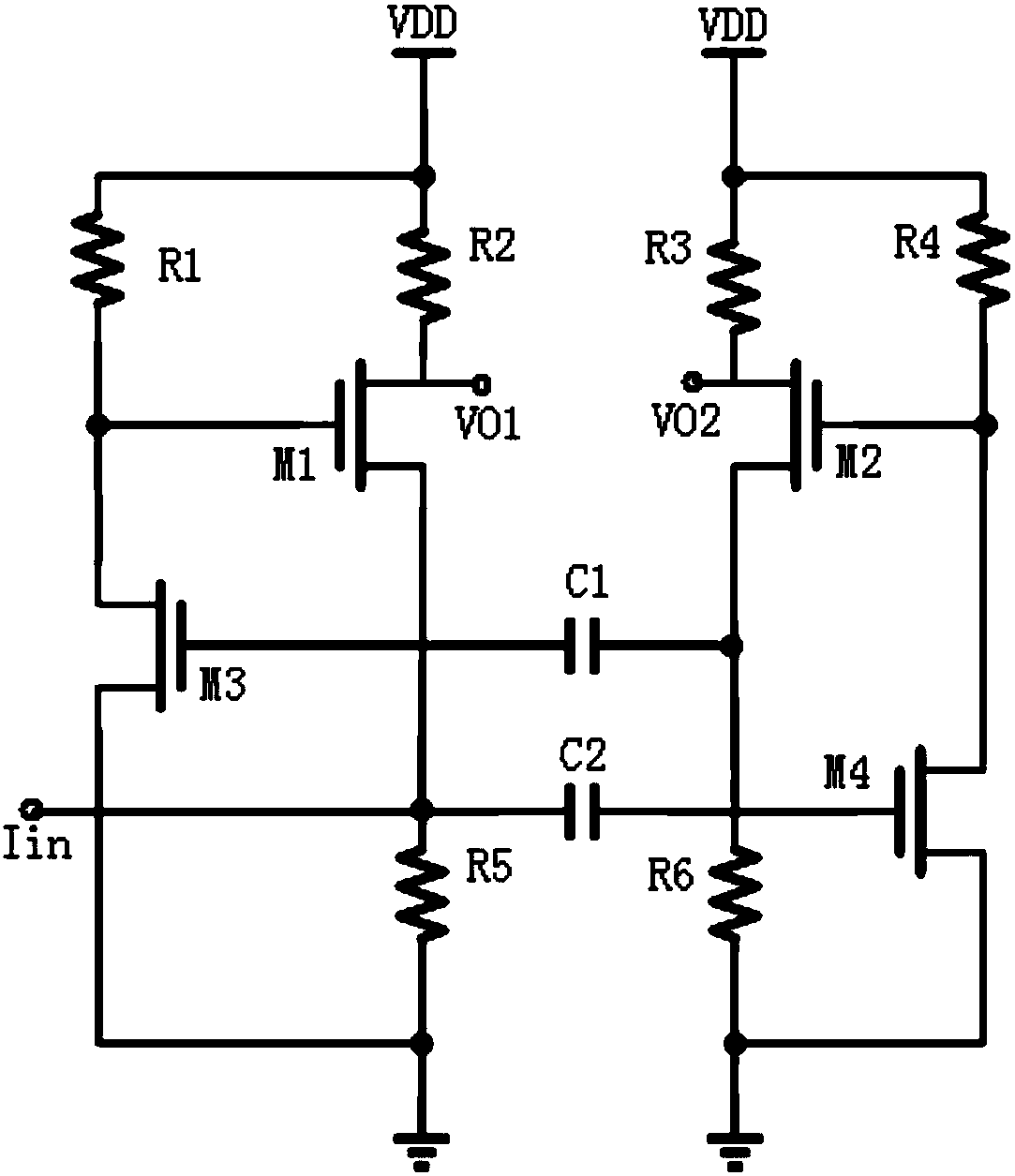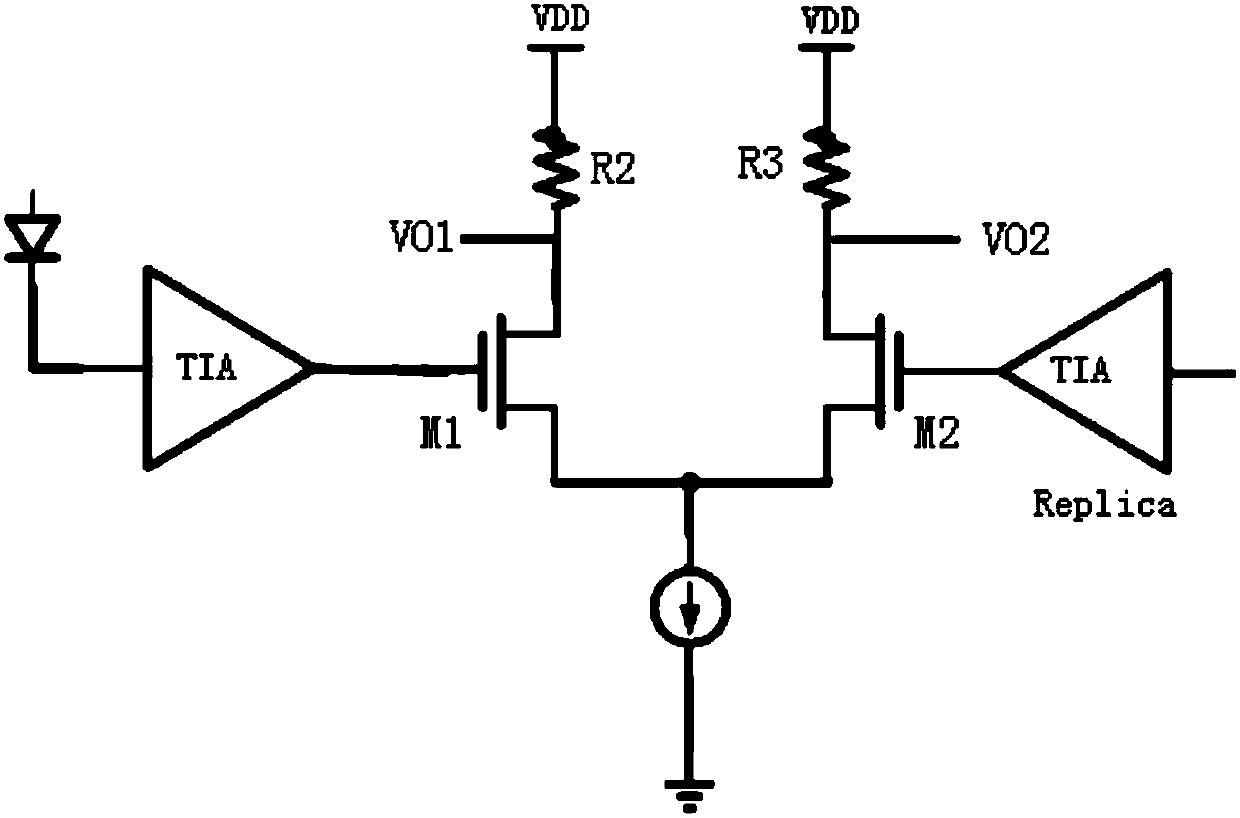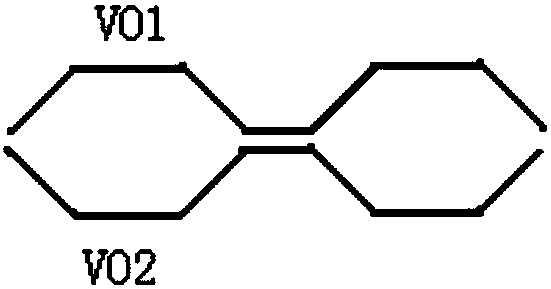Single-end-to-differential transimpedance amplifier based on CMOS process
A single-ended to differential, transimpedance amplifier technology, applied in the field of amplifiers, can solve the problems of optical receiver bit error rate and other performance degradation, limited output swing increase, gain limitation, etc., to improve power supply rejection ratio, increase gain, The effect of reducing the difficulty of design
- Summary
- Abstract
- Description
- Claims
- Application Information
AI Technical Summary
Problems solved by technology
Method used
Image
Examples
Embodiment Construction
[0023] A CMOS process-based single-ended-to-differential transimpedance amplifier of the present invention will be described in detail below in combination with embodiments and drawings.
[0024] A single-ended to differential transimpedance amplifier based on CMOS technology of the present invention, by introducing transconductance enhancement technology and capacitive coupling technology into the optical receiver preamplifier circuit, a single-ended input differential output, low-noise transimpedance amplifier is designed. resistance amplifier. A coupling input circuit composed of source resistors and capacitors; a transconductance enhancement stage formed by a common source amplifier between the gate and the input terminal; a differential output stage formed by a differential pair, together constitute a single-slip transimpedance amplifier. Specifically, the capacitive coupling circuit formed by the capacitor and the source bias resistor divides the single-ended current sig...
PUM
 Login to View More
Login to View More Abstract
Description
Claims
Application Information
 Login to View More
Login to View More - R&D
- Intellectual Property
- Life Sciences
- Materials
- Tech Scout
- Unparalleled Data Quality
- Higher Quality Content
- 60% Fewer Hallucinations
Browse by: Latest US Patents, China's latest patents, Technical Efficacy Thesaurus, Application Domain, Technology Topic, Popular Technical Reports.
© 2025 PatSnap. All rights reserved.Legal|Privacy policy|Modern Slavery Act Transparency Statement|Sitemap|About US| Contact US: help@patsnap.com



